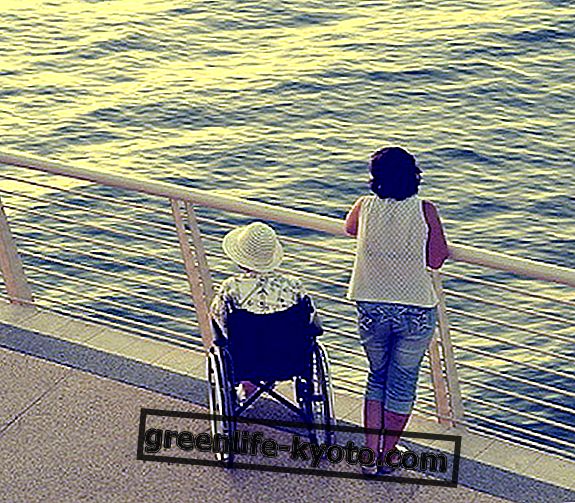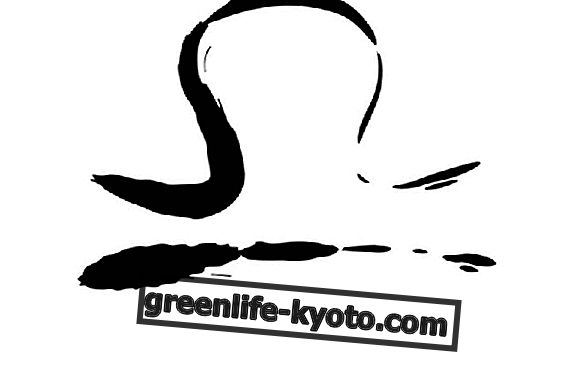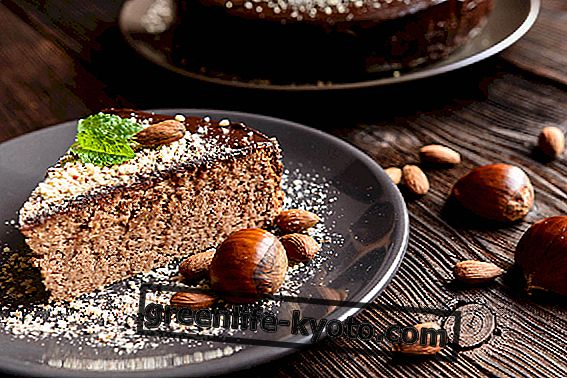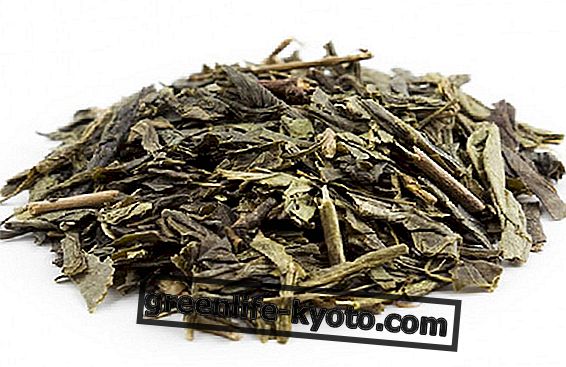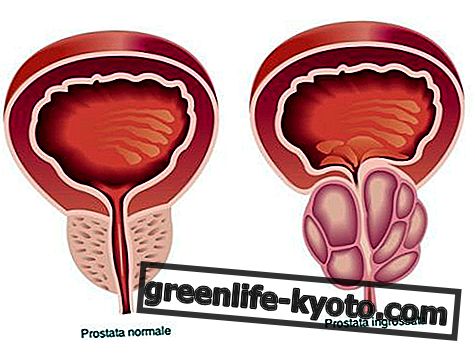
Shakira sang years ago that "Le also do not lie" in a summer hit that celebrated all the sensuality of this part of the body and we all saw at least once the seductive movements of belly dancers: this style of dance has developed and refined in the over the centuries the artistic possibilities linked to the pelvis and abdomen have their roots in the ancestral value connected to these parts of the body.
Femininity, fertility and abundance are associated in many cultures with the area of the hips and hips as a cradle of pre-natal life.
This part of the body is therefore rich in meaning and symbolism and it is good to take care of it: it is not uncommon to meet women with a pelvis and the joints of rigid hips.
Many would put forward hypotheses about corresponding psychological or "energy" blocks, we limit ourselves to a simpler approach: how about dissolving the hips with some asanas ?
5 asanas to open the hips
Below we propose 5 asanas of varying difficulty that will help you dissolve the hip area . You can put them in your daily practice after a few moments of concentration and a little physical warm-up, even after some sun salutation.
Note on maintenance times: giving standard maintenance times is impossible because they depend on the possibilities of each student.
The general indication is to maintain the position until it is comfortable and the breath moves deep . As soon as signs of discomfort or fatigue begin to appear, it is advisable to slowly dissolve the asana.
Sukhasana (sitting position)
The position of meditation, albeit in its simplest version, is already a starting point to begin to gently dissolve the hips.
It is very common that many students find it very uncomfortable and therefore cannot reach a state of concentration and ease.
We therefore advise you to approach it with humility, without making yourself nervous if an apparently so easy position creates tensions. There is the basic technique, plus the advanced version, which is the lotus position : always proceed with caution and attention, without exaggerating.
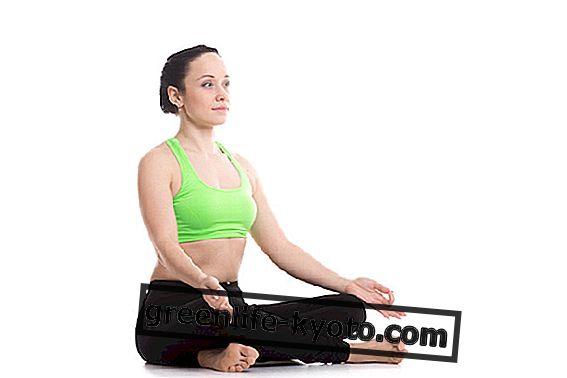
Virabhadrasana II (position of the warrior II)
The position of the warrior, in every variant, is excellent to practice in the morning as it is energizing and invigorating and for the active and proud symbolism that he brings with him: it is certainly excellent to start the day with the right determination!
We choose to offer you the position of warrior II because it is the one that involves the hips in greater way. The work he proposes is extremely adaptable, so the student, although a beginner, can approach it with satisfaction.
As for the asana technique, let us remember that the more we descend into position, the more intense it will be for the yogi.
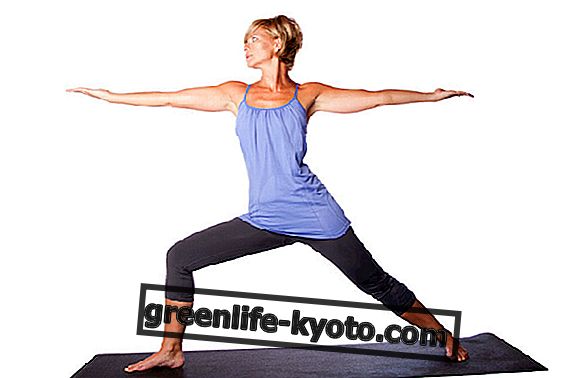
Ashwa Sanchalanasana (equestrian position)
This asana, with its variants (which generally take the name of "lunge position" and open a range of sub-variants), is present in the sun salutation sequence. Here is the technique:
- From the position of the warrior I slide with the foot behind until the knee touches the floor. The back of the foot is on the ground.
- The hands are positioned on the bent knee in front or stretch towards the ceiling.
- The pelvis is gently pushed forward, without forcing. Also perform on the other side.
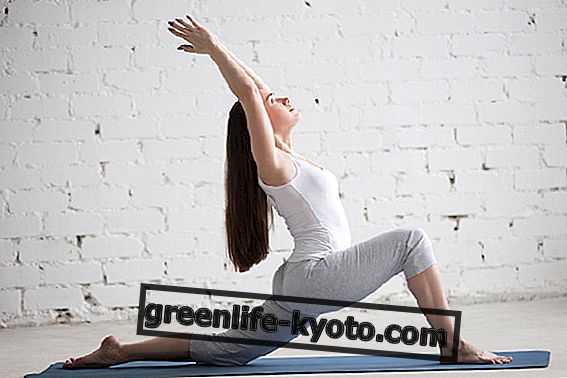
Balasana, variant (position of the child, variant)
As a resting position with respect to the previous asana or as a stand-alone position, we propose a variant of the position of the child, already stimulating for the hips.
- Starting from the basic version, keep the toes together and spread the knees. The arms stretch forward with the palms on the ground.
- The back will be pleasantly relaxed with the chest that wants to get closer to the floor.
This version of the child's position is also excellent for pregnant women who will replace it with the classic asana as soon as the belly becomes prominent.
26248.jpg "data-type =" article_long ">
Shankhini asana (position of the shell)
This asana is particularly intense for the hips so we recommend attention .
As for the technique, we suggest you approach it gradually, especially at the beginning. Always proceed in small steps, both internal and bodily, so as not to incur in unpleasant injuries or, in any case, to the discomfort that causes a position maintained by force.
It would be desirable for students who decide to try their hand at the position of the shell we have a good confidence with the simple position, sukhasana, exposed at the beginning of the paragraph.

